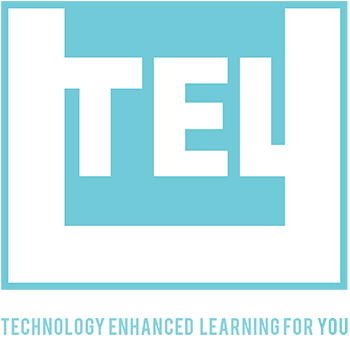Who are you and where do you teach?
My name is Valerie Hascoet and I am a language teacher. I specialise in applied languages for the tourism and food sector at Dublin Institute of Technology.
What technology do you use for teaching and learning?
I use presentation or storytelling tools with integrated voice recording for the purpose of creating short videos with a voiceover in the learner’s target language.
What appealed to you about using this technology for your teaching practice?
Firstly, live formal presentations are no longer the only accepted way of communicating about a project in the business world. So it is essential that our students practise other formats such as posters, infographics, social media, animated slideshows and videos. They learn about those, and about their main platforms, in communication and IT-based modules. They are also given opportunities to apply and develop this knowledge in many other subjects. Language is one of them.
Secondly, with class sizes increasing year on year, it is becoming difficult for a single lecturer to give individual attention to every learner in a one-on- one oral exam each semester. And in this connected world, it may no longer be the most desirable way of developing presentation skills in a foreign language.
Production of a short slideshow or video with a commentary harnesses mobile technology and allows the examiner to evaluate within a flexible timeframe, and also to re-evaluate or moderate results with greater ease.
How do you use this technology with students?
I require learners to produce a short video (1mn to 2mn 30 depending on the topic and level of the module) at the end of a project cycle which usually lasts 6 weeks. For instance, they must describe their job, present a hotel, market a tourist destination or apply for a post. I integrate a short demonstration of the main technical skills they will need at the end of each weekly session on our topic. If we are going to use Prezi, I will show students how to record their voice over a slide one week, and the next week, I will remind them about useful animation functions. I am also developing a troubleshooting guide that I can post with all the other support material for a given project.
I also demonstrate and encourage the use of complementary forms of support for learners to practise and improve their pronunciation, which is their main point of concern. Our lessons are based on the communicative approach of listening to proficient speakers, learning key elements then practising speaking. For a long time, I have been advising my students to practise reading aloud at home, with the scripts to our mp3 recordings, trying to match speed and intonation_ an excellent technique known as co-articulation. I also encourage them to record themselves reading aloud on their mobile and to listen to their own voice_ always an unsettling experience if you are not used to it, so you are better off practising before recording towards your assignment piece. Increasingly, we can refer to a variety of text-to- speech software and apps in the target language, such as reverso.net or Dragon Dictation, the idea being that the learner can type in what they would like to say in their presentation and hear it back from the electronic voice. It is not perfect but it can help pick up potential errors ahead of the final voiceover.
What do you think are the main benefits and main drawbacks to using this technology?
Production of any artefact is deeply motivating for a learner because a trace of their work will remain (you can post all material to a public platform such as YouTube or create a dedicated website), unlike a standard oral exam that usually takes place between the candidate and the examiner. The prospect of public scrutiny was always my students’ bigger fear_ even from their peers. With a video or slideshow, you remove the risks of live presentations (although you can still have a follow-up questions and answers session) but you can retain the incentive of public display. It is an adaptable format and you can negotiate broadcasting parameters with the candidates.
The main drawback I have found, is the same as with any assessment format: many students will leave it to the last minute! That is where clear guidelines and supports, easily located on the VLE for instance, come into their own.
What advice would you have for someone looking to use this technology with students?
Do not assume that your students know the technology. I have found mine reluctant to test even a fun application like Powtoon. You have to demonstrate a few basic functions by using the technology yourself first. Even good old Powerpoint still has many secrets for my students.
And keep it simple. The focus of the production should be on improving language skills, oral and also written, not on visual effects. Do not give marks to the production, only to its content. I use the same marking scheme for video presentations and for live presentations.
Related Course
Creating Support Material Resources using Animation Software


No comments, be the first one to comment !